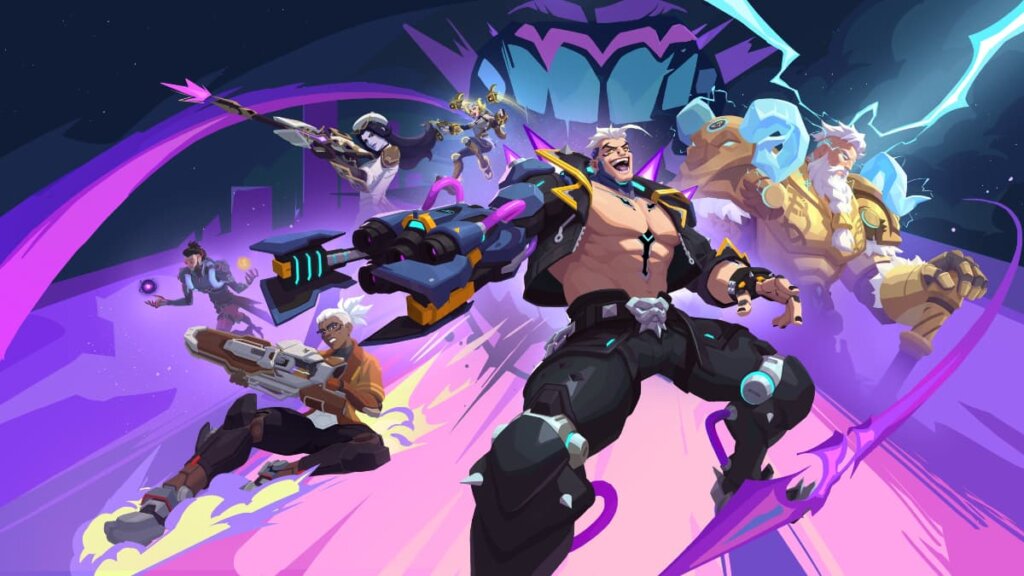
Overwatch 2 Tracer Hero Guide: How to Become a Good Tracer
Tracer is regarded as one of the most difficult heroes to play in Overwatch 2. As the only hero with 150 HP, a good Tracer requires strong game sense to succeed. After learning about her moves, remember that becoming a good Tracer requires time and effort. So, make sure to practice those movement abilities in the game. This short guide will bring you one step closer to becoming a Tracer pro.

Credit: Blizzard Entertainment
Tracer’s Abilities
Tracer, whilst not a new Overwatch 2 hero, is one of the most interesting DPS heroes in Overwatch 2. Here’s the rundown of Tracer’s abilities and how, when (and when not) to use them:
Pulse Pistols
In Overwatch 1, Tracer’s Pulse Pistols dealt 6 damage per bullet. In Overwatch 2, her Pulse Pistols now deal 5 damage per bullet. This is the only Tracer ability that has been changed. If all shots land, it does 200 to the body and 400 to the head.To be successful at landing your shots, you must be close to the enemy as the spread of the gun dramatically increases at 12 meters. However, you may find it hard to track an opponent who is too close to you due to the accelerated movement in Overwatch 2. Try to have a balance of not being too far and not being too close, the sweet spot is around 6-10 meters.
Blink
Blink is Tracer’s signature move in Overwatch 2. This makes Tracer teleport ahead in the direction you are moving by 7.5 meters and it has 3 charges, each with a 3-second cooldown. Blink is primarily used in engagements. Every blink should be used with a purpose, such as dodging an ability, dodging damage, or escaping line of sight. Many low-level Tracers will use their blinks to travel to an enemy target, leaving themselves with no escape. Instead, try using as few blinks as possible to travel to the enemy, this way you can save blinks for the engagement or use it as an escape.
Recall
When Recall is cast, Tracer will rewind 3 seconds of time to her previous location and health. This is Tracer’s get-out-of-jail card. This ability is similar to many Overwatch 2 defensive abilities. You want to use it when you are about to die or escape duels you cannot win. However, the best way to use this ability is to try and not use it at all; meaning a Tracer’s pressure comes from the fact that she is hard to kill when Recall is available. If you are never forced to recall, then your pressure will be never-ending. The knowledge of the location of health packs in Overwatch 2 maps also becomes important as your healers will not often be able to see you.

Credit: Blizzard Entertainment
What Is Tracer’s Ult?
Tracer’s ultimate ability is Pulse Bomb. When cast, it can stick to anything it lands on, dealing maximum damage of 350. The bread-and-butter Tracer combo is to dash pulse bomb a target and then recall back to your original position for safety. However, it may be more effective to dash away instead of using recall.
Remember, saving Recall allows Tracer to continue pressuring the enemy team. To increase the probability of sticking onto a target, try using Pulse Bomb on an Overwatch 2 tank hero instead. Their bigger hitbox will allow you to stick Pulse Bomb more easily; this may require more team effort and planning as it will not one-shot them from full HP.
It may be difficult to use Pulse Bomb on a squishy target due to their small hitbox. But with many Tracer workshops available that are held by the Overwatch community, you can get help to warm up your stick rates before heading into a game!
The Long Journey
Tracer is not often seen at lower levels of play due to how punishing it is to die in a 5v5 game like Overwatch 2. But as you move up the Overwatch ranking system, this hero will be seen more and more, including in the Overwatch League. The journey of a Tracer main may be full of struggles, but it is also rewarding in the end.











